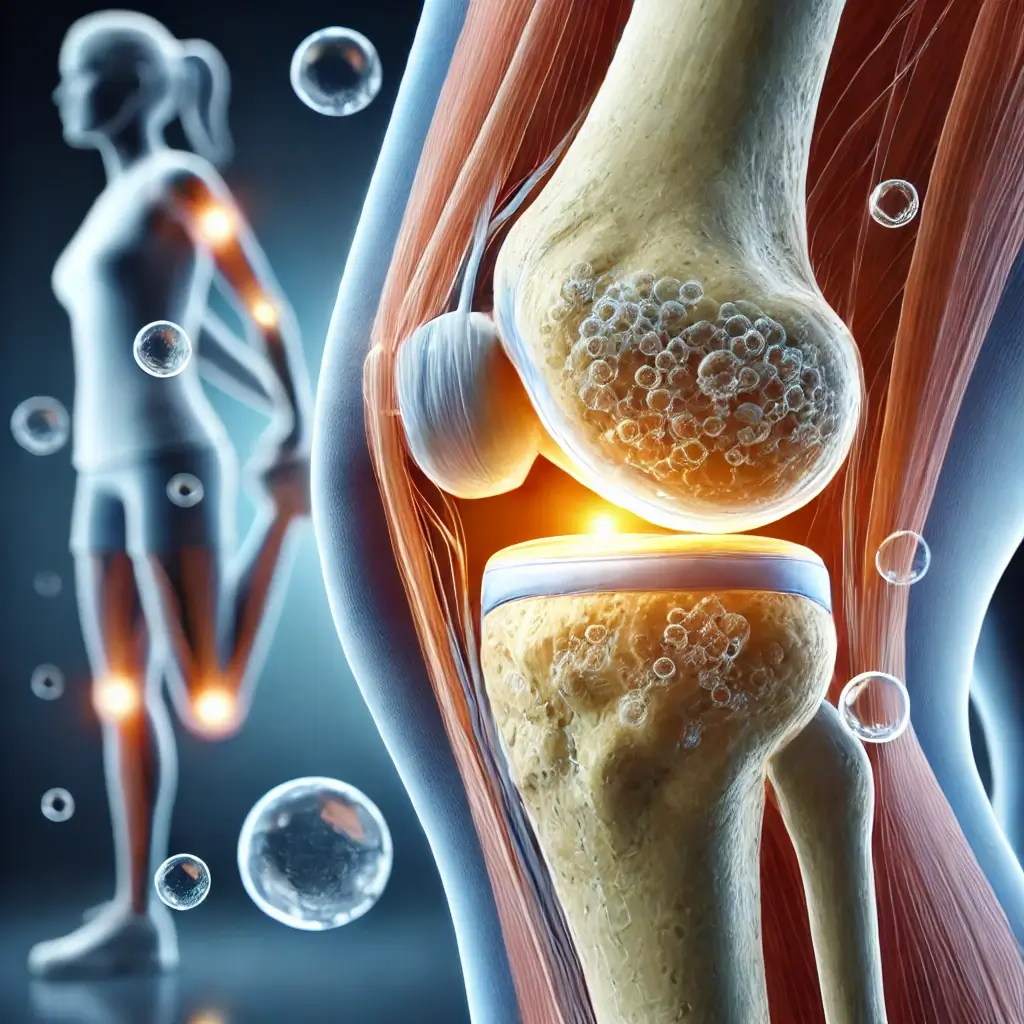You’ve heard of things going bump in the night, sometimes that could even be coming from your own joints as you move around in bed! Many people have various ways of describing the noises that their joints make: popping, snapping, clicking, crunching, cracking, grinding, grating, and clunking, to name a few. Have you always wondered why your joints make such noises or contemplated if you needed to get it checked out? Well, this blog is just for you! In this blog, I’ll be explaining the possible causes of joint noises, how to differentiate ‘good or bad’ noises, and simple ways to address these noises.
Types of joint noises
Noises can be characterized into physiological or pathological noises. Physiological noise is any noise that your joints make during movement or any manipulation; they have no correlation to pain or function and are simply just noise. Common examples of these noises are cracking your knuckles or cracking your neck. These can offer momentary ‘release’ of tension within the joints. On the other hand, pathological noise is usually linked to a specific incident or injury, like the ‘pop’ sound heard from an ACL tear while playing football. In this case, these noises are usually associated with symptoms such as pain or swelling.
Knee joint noise is one of the most common noises that people usually report to healthcare professionals. It can occur when people are trying to fully straighten their knees from a flexed position or while trying to perform a squat on the floor. In many recent studies, it has shown that majority of knee noises are physiological rather than pathological. However, such noises can be very distressing for people as many tend to associate these noises with damage in the joint.

Causes of joint noises
Over the past years of research, there have been multiple hypotheses proposed regarding the origin of joint noises. However, the underlying mechanism remains unknown. One of the leading suggested causes is due to the collapse of air bubbles within the synovial fluids in our joints. However, in a recent study done in 2015 using real-time MRI of a finger joint undergoing traction force, it was revealed that joint noise is more related to the formation of a gas bubble in the joint rather than a collapse. Also known as cavitation, a gas bubble is formed when there is a separation of joint surfaces during movement. In other instances, ligaments or tendons can get slightly stretched as they rub over a bony prominence and snap back into place during movement. This snapping back action could also be responsible for joint noises.
When these joint noises are accompanied with consistent pain with movement, it could be indicative of an underlying pathology in the joint. One possible reason would be due to degeneration of the joint surfaces. Due to the gradual loss of cartilage and formation of bony spurs along joint margins, articular surfaces of joints can create noises. Another commonly reported source of joint noise is post-operative noises, i.e., cracking in the knee after a meniscus surgery or a clicking in the shoulder after a rotator cuff repair. Management of these joint noises will be dependent on the root cause. More often than not, joint noise that is accompanied by pain should warrant a review with a trained medical professional.
Management of joint noises
If you do experience physiological joint noises, that are usually painless and harmless, there is no need to be concerned. You should continue on with any exercises in your routine as long as there is no pain. Exercising and moving helps keep our joints well lubricated! However, when there is an onset of joint noise with pain, specific exercises could be incorporated to help solve the problem. Some common examples would be stretches or soft tissue releases, muscle activation or strengthening exercises. These exercises would be targeted at improving joint mobility and reducing pain. Ultimately, you may still have some joint noise after a bout of rehab despite an improvement in pain symptoms.

In conclusion, having noisy joints is normal and not an indication that there is a pathology. Experiencing pain would be the key indicator that could warrant a medical review. If you do experience such pain, look no further and feel free to contact us at our clinic!
References
Evans, D. W. (2022). Why is the prevailing model of joint manipulation (still) incorrect? Chiropractic & Manual Therapies, 30(1). doi:10.1186/s12998-022-00460-2
Kawchuk, G. N., Fryer, J., Jaremko, J. L., Zeng, H., Rowe, L., & Thompson, R. (2015). Real-time visualization of joint cavitation. PLOS ONE, 10(4), e0119470. doi:10.1371/journal.pone.0119470
Robertson, C. J., Hurley, M., & Jones, F. (2017). People’s beliefs about the meaning of crepitus in patellofemoral pain and the impact of these beliefs on their behaviour: A qualitative study. Musculoskeletal Science and Practice, 28, 59-64. doi:10.1016/j.msksp.2017.01.012
Song, S. J., Park, C. H., Liang, H., & Kim, S. J. (2018). Noise around the knee. Clinics in Orthopedic Surgery, 10(1), 1. doi:10.4055/cios.2018.10.1.1


